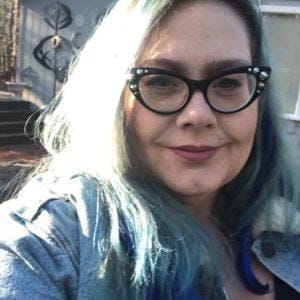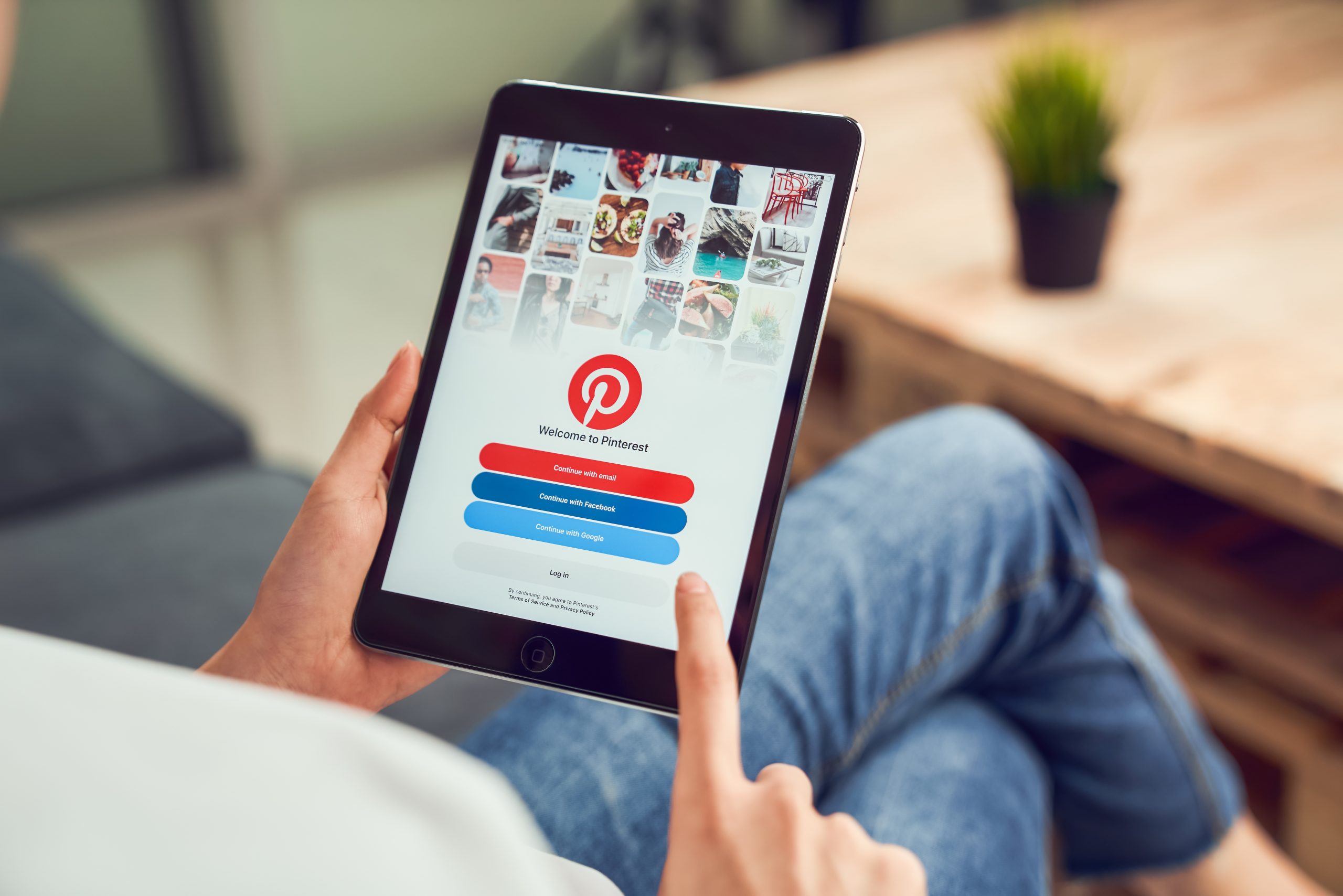Chelle Honiker
Like many social media accounts, using Pinterest for business remains a mystery for many authors. Likely because they want to know the answer to one simple question: how will it sell more books?
The answer is that while there is no magic formula, there are some basics to master that can lead to increased website traffic, and a larger and more engaged fan base. This can lead to sales and a host of other benefits as well, like referrals.
While Pinterest is currently the 14th most active social network, it's uniquely positioned to help indie authors engage new readers and fans because of its emphasis on imagery.
Let’s review some basics of Pinterest's platform and then dive into the ten tips for starting from scratch, as well as growing your existing Pinterest account.
Pinterest is Unlike Other Social Networks
Kristen Oliphant makes an important point in this excellent article: Pinterest in an "un-social" network. Because Pins are visual bookmarks, you can browse for hours without interacting with a single person or seeing an opinion. For those of us on social overload, this can be a refreshing (and quiet) change.
Your Pinterest "Home Feed" is based on your boards, topics, browsing history, and the creator profiles you follow. As you scroll through the Home Feed, you'll see what the Pinterest algorithm has determined your likes and interests are, and, over time, you'll see the pins it suggests change, especially when you create your own pins and boards.
Boards and Re-Pins
The basics of using Pinterest are simple. Users create a board with a theme and then "re-pin" anything they see to round out that board by clicking on the Pin to open a broader view. To add it to one of their boards, they click the down arrow, choosing (or creating) a board, and click save.
Promoted Pins
Pinterest allows advertising, but its integration is more organic, as ads look like other pins. They're clearly marked as "Promoted By" with the vendor or store's name.
Now that you understand the basics, let's dive into the 10 tips to make Pinterest work for your author business.
- Claim Your Business Website
Under your business settings, you'll see a section labeled "Claim" where you can tell Pinterest which websites belong to you. This gives your account more authority and links any Pins that originate from your site with expanded profile and link information. (See Bonus Video for Step-by-Step Instructions) - Setup Your Website for Rich Pin Integration
Rich Pins are a type of organic Pin that automatically sync information from your website to your Pins. All the Pins you create using Rich Pin Integration will remain updated if you change information on the website, and if you're linking products for sale, this includes pricing and sale information.
Pro Tip: WordPress sites can use common SEO Optimization plugins like Yoast or Rank Math to synchronize the right information between your website and Pinterest. It's well worth this extra step for the added authority Pinterest awards validated sites. - Business Account for Each Pen Name
Because the algorithm learns and suggests pins based on engagement, activity, and interest, as an author, it's important to keep your personal account and your pen names separate so as not to confuse and contaminate the results. Keeping business accounts and boards tightly focused on your niche sends Pinterest clear signals and increases the likelihood of your Pins being shown to users interested in the theme(s) of your boards. Business accounts come with added benefits like team members, business analytics, and running promoted Pin ads. - Strategically Name Your Boards
When you name a board you want readers to discover, use the book and/or series title, as well as genres or tropes. These become keywords that come up in user searches.
Pro Tip: Pin images of book covers on both book boards and on series boards. Pinterest doesn't penalize you for duplicate content like search engines do. Just be sure that you're creating boards with 8-10 Pins that follow the board’s theme for the best results. - Selectively Collaborate for Added Reach
Some readers love to see real-life actors who the author had in mind as they wrote a character. If you have a street team, ARC, or Beta Readers that are engaged on Pinterest, you can create goodwill, as well as added reach to their followers, by allowing them to collaborate with you on a board. Ask them to post music playlists, costume ideas, or other Pins that they like that fit the theme of the board. - Use Secret Boards for Research
As you plot or plan your own novel, use the "secret" toggle button to keep your ideas to yourself.
Pro Tip: Create a board with all your Pins. Keep it in secret mode and change it to public to coincide with a launch or cover reveal. - Pinterest Browser Button
If you use Google Chrome, use the Browser Save Button to quickly save images, websites, and other links visually on boards. When you click the Pinterest icon, it fetches all the images it finds on the page you're viewing, and you can choose one or more to save to a board. If you choose multiple images, they all link back to the same page.
Pro Tip: Use this method to add your own website's pages and posts. Be sure to write a good description with keywords in the "alt tags" of the images. This becomes the description of the Pin that users see. - Stay Focused & Be Patient
Don't expect instant results from Pinterest. Instead, look for long-lasting ones. You can expect a healthy dose of steady traffic if you make a habit of posting an original pin daily, and also re-pinning others on your Home Feed.
Pro Tip: Because you're investing in future traffic, make sure your own pins are "evergreen" — meaning they're not related to a fixed event or date. - Use Images to Let Readers Inside Your Imagination
Since Pinterest is visual, users engage with pins that represent imagination, moods, and vibes. Find and create pins that correlate with what's inside your book. For example, if you write Dark Academia, post images of castles and dark courtyards with fountains where your characters might meet for a rendezvous. Give them the satisfaction of "shared secret" imagery that lets them see things like pictures of coffeehouses where the meet-cute takes place, or artwork of the moons over your sci-fi planet. Think beyond posting multiple images of your cover and let them dream with you. - Use The Right Image Sizes
Pinterest is unique among its social peers, preferring a vertical image, rather than a standard horizontal. When starting out, stick with the_static_pin type and a size of 1000 x 1500px, sometimes referred to as a 2:3 ratio. Use an image creation tool like Canva or Crello to create images for every page and post on your site. Both programs have hundreds of templates you can use with their free versions. Add the image to the post/page, and then use the Pinterest Browser Button from tip #6 to post the pin to Pinterest.
Pro Tip: If you don't want an obvious Pinterest image on your blog post or page, use a paid plugin like Tasty Pins ($29) or Grow Social Pro ($34) for complete control over how the Pin looks and links. - Research Other Authors in Your Genre and Re-Pin for Goodwill
Indie authors have one benefit other industries don't. We don't compete for a single sale. When readers finish a book, they move to the next and often appreciate it when we point them to a new favorite author. Create boards titled "Books Like <Title of My Book>" and re-pin authors your readers should know. They (and the other authors) will appreciate it and may reciprocate.
Pinterest boasts over 459 Million Active Monthly Users, with over 60% of them women. For some genres, this demographic perfectly aligns with ideal readers. As indie authors with finite time to spend on social media, it may be worth considering Pinterest over other channels that require more effort or expense to get started.

